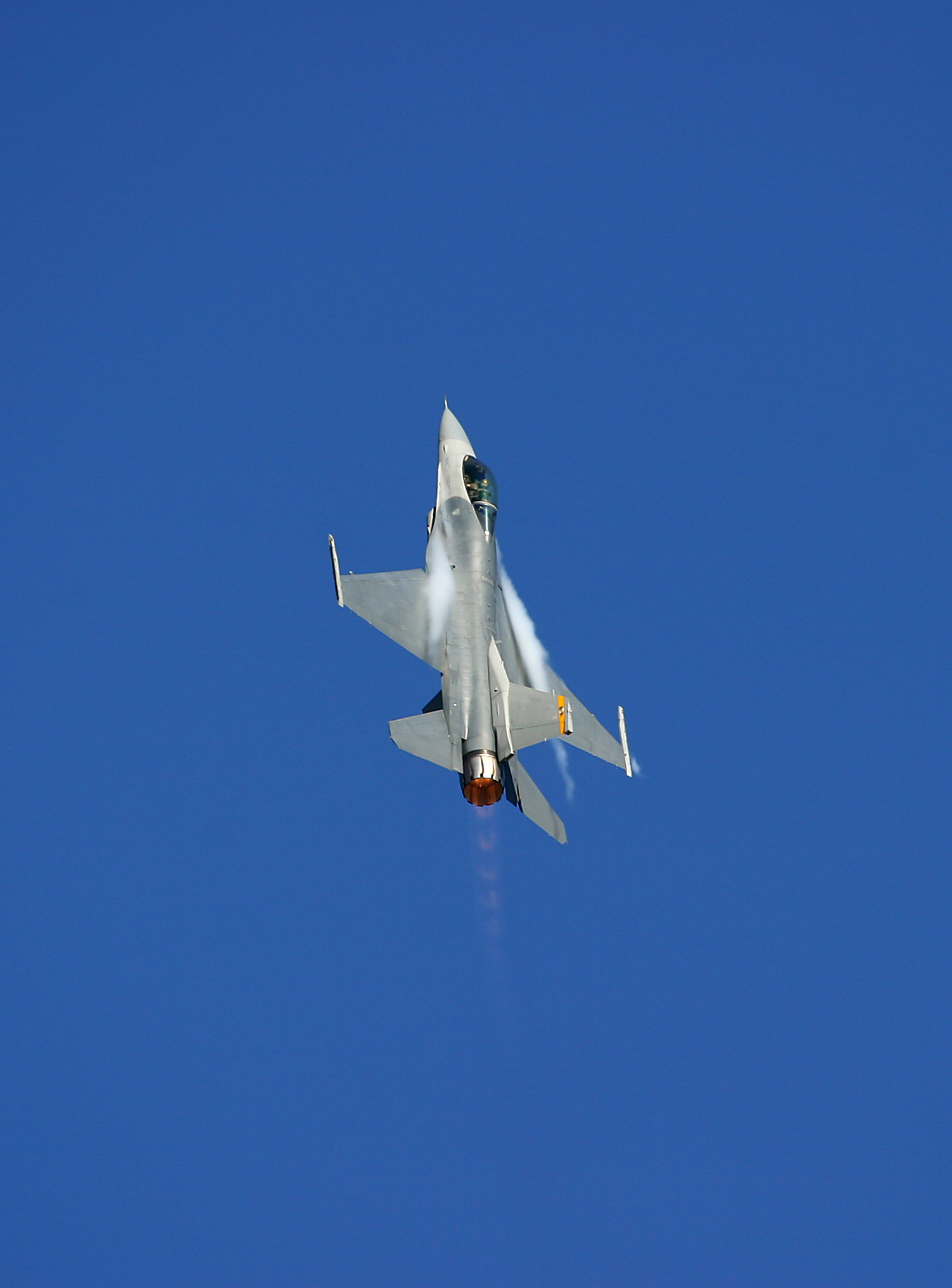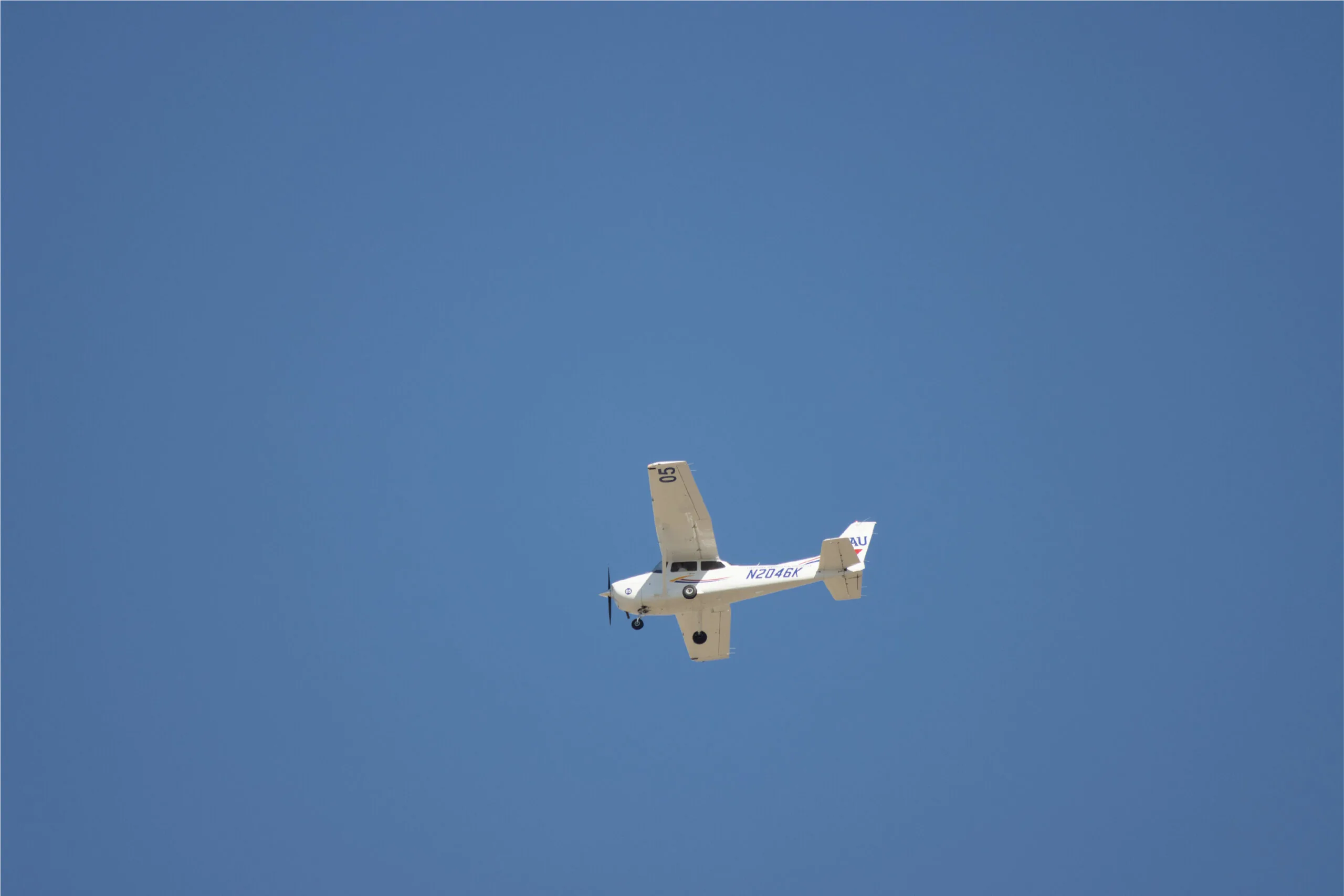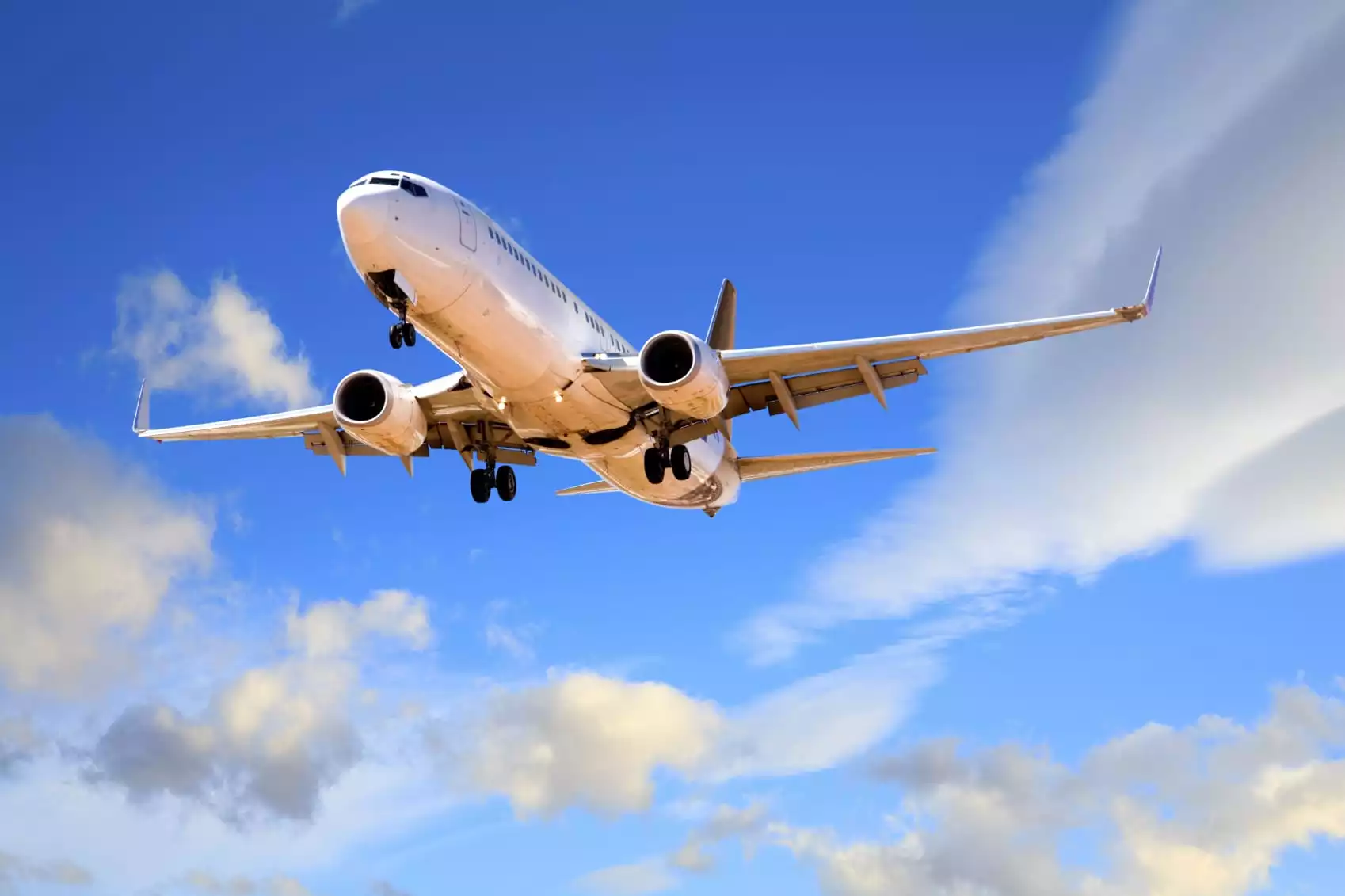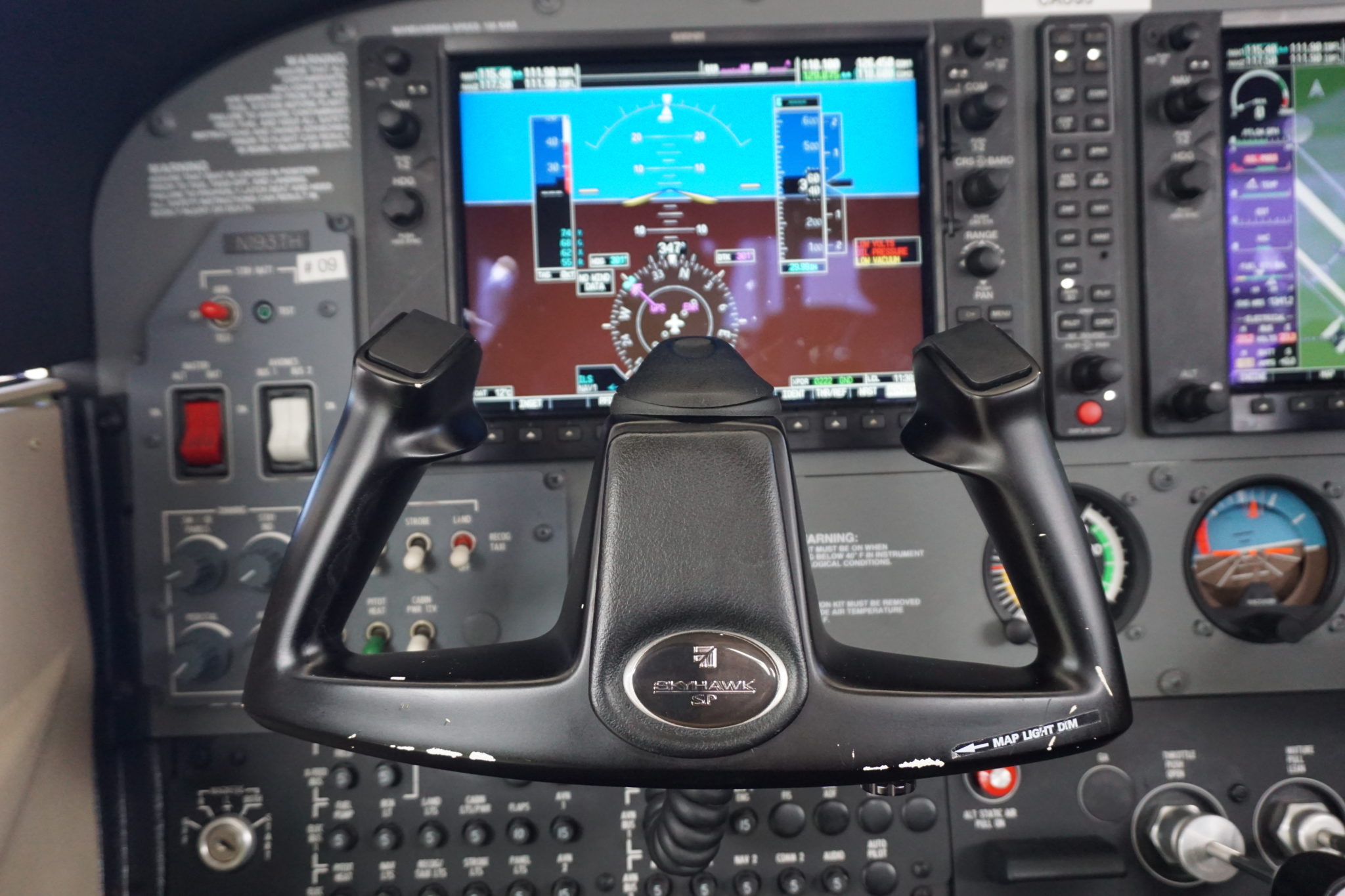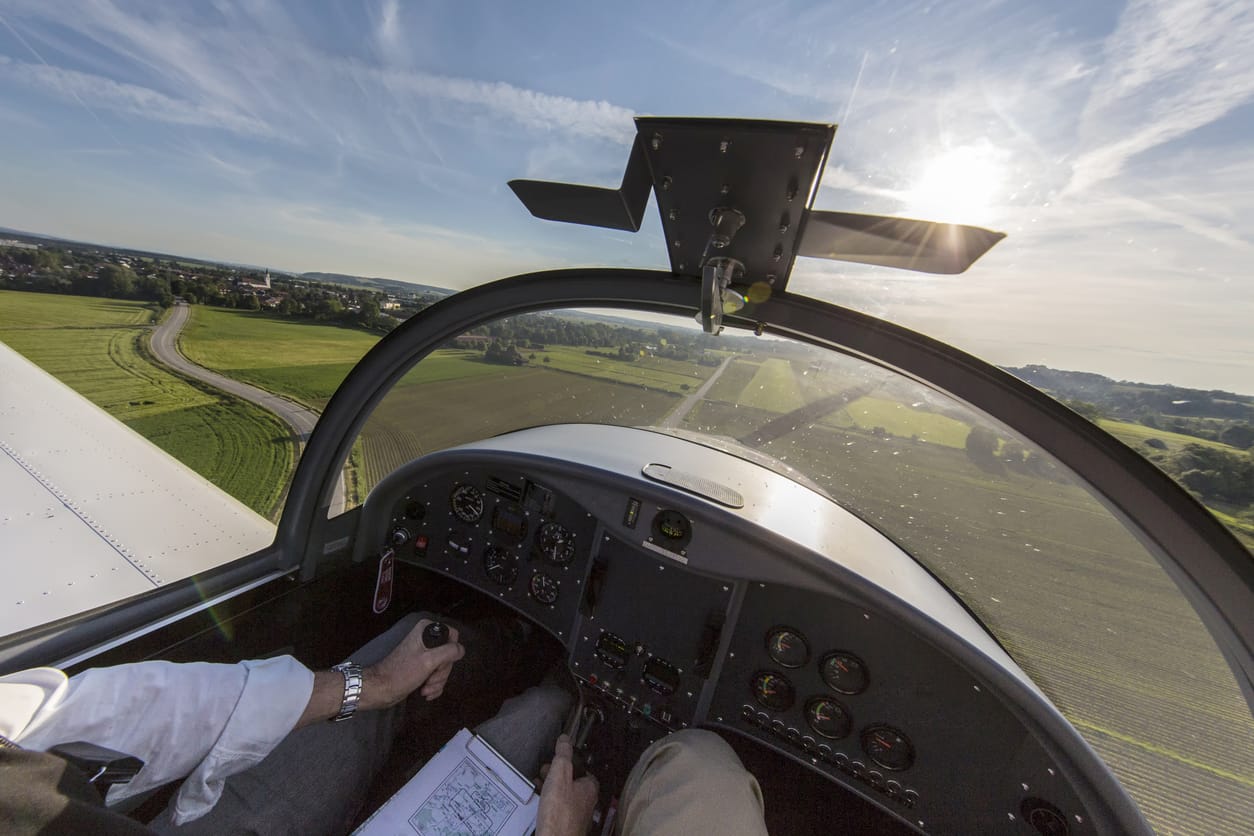Living on Earth, we experience the force of gravity every day. It is just one of those things that is always there no matter what. As humans, we understand that it is just a part of life. From the time we are small, we understand that we cannot dive off of the playground monkey bars and expect to fly despite how much we may have wanted to. For some of us, this may have even been learned through trial and error.
As we grow with a fascination with aviation, the gravitational force we have always been so accustomed to begins to change as we fly faster and higher. Not being properly trained for it can have dangerous consequences.
Below we will take a closer look at g force training and how pilots can remain conscious when they come face to face with it.
What is G Force?
In its most basic form, g force is the force of gravity (or acceleration) on the human body. Though, for pilots, understanding g force is a little more intricate. There are different types of acceleration and different types of g force – and it all can impact the health of the pilot and the safety of the flight. After all, it is hard to fly an aircraft when you are feeling the heavy pressure from gravity – forces much greater than we feel on the ground.
Well, then how does g force impact the human body?
G forces are felt any time there is an acceleration. For instance, when you are driving fast in your car, on a roller coaster, or during takeoff in an airplane. These are everyday situations in which the body is used to. However, for pilots, the body’s response can lead to tragedy.
One of the first things to happen often involves the eyes. Pilots may report vision problems, starting with partial and then progressive loss of vision. It may start out as tunnel vision until eyesight eventually leads to a blackout.
The heart rate will increase trying to get the blood to the brain. Unfortunately, no matter how hard the heart tries, the force is too much. Blood cannot make it to the brain and the rest of the nervous system, causing pilots to lose consciousness. This is referred to as G-LOC, short for G-induced loss of consciousness.
Types of G Forces
It is important to understand that there is more than one type of acceleration. For instance, linear acceleration involves speed changes while traveling in a straight line. Radial acceleration involves sharp turns, dives, or other changes in direction. Lastly, angular acceleration involves a change in both speed and direction – at the same time.
During a flight, as pilots engage in any of these accelerations, there is often a resulting g force. Yet, the type of g force will depend on the type of acceleration.
Gx.
This is a g force that involves a force pushing the body back against the seat, such as when a flight is taking off or when with linear acceleration.
-Gx.
This type of g force goes from the back forward, such as when landing or suddenly decreasing speed.
Gy.
A g force that comes causes impact from shoulder to shoulder. This occurs with rolls and is common among aerobatic pilots.
Gz.
Finally, this type of g force causes pressure on the body from top to bottom – or bottom to top depending on the acceleration and how it is felt on the body.
How Do Pilots Remain Conscious with G Force?
Because pilots often experience high g forces they need to know how to handle them and what to do. The easiest thing is to back off on the acceleration when too high of a g force is felt. This will reduce the chance of reaching unconsciousness.
In certain instances, this is not always an immediate option. Not to mention that sometimes, taking the step to back off comes just a little too late.
How do pilots remain conscious with g force?
Staying hydrated before takeoff – and while in the air – is a great first step. Some skilled professionals suggest exhaling and holding the breath while experiencing these high g forces while others suggest continual deep breathing, slow and steady.
There is no denying that the greatest chance of not falling victim to a high g force comes with g force training.
What is G Force Training?
G force training will help pilots to be better equipped to handle heavy forces while in the air by being ready for them. This often means facing them on purpose in order to induce g-loc. Each student is able to handle a different amount of g force before they lose consciousness. Learning new techniques and being able to reach benchmarks are all part of the training.
All of this testing and training can be done using various techniques, but one such option is centrifugal training. This places the pilot into a spinning centrifuge so that they may experience high g force and can work on their various techniques (such as deep breathing) to remain conscious. Depending on the setup, this is usually a controlled training in which the pilot is monitored and guided through the process.
Learn More About Aviation Training at CAU
The more training and experience you have as a pilot, the greater the chance you will be able to successfully handle anything that comes your way – including g force pressures when the time comes. This means having the skills and being ready to use them. Remember, this could be a life-or-death situation.
At California Aeronautical University, we equip our future pilots with tools that can set them up for for success on the ground and in the air. If you are interested in learning about the aviation programs we have to offer, as well as what they entail, request information today.
The blue skies of Southern California and Arizona are waiting for you. It is time to check out CAU!
Ready to soar in your aviation career?
Mr. Matthew A. Johnston has over 23 years of experience serving various roles in education and is currently serving as the President of California Aeronautical University. He maintains memberships and is a supporting participant with several aviation promoting and advocacy associations including University Aviation Association (UAA), Regional Airline Association (RAA), AOPA, NBAA, and EAA with the Young Eagles program. He is proud of his collaboration with airlines, aviation businesses and individual aviation professionals who are working with him to develop California Aeronautical University as a leader in educating aviation professionals.
